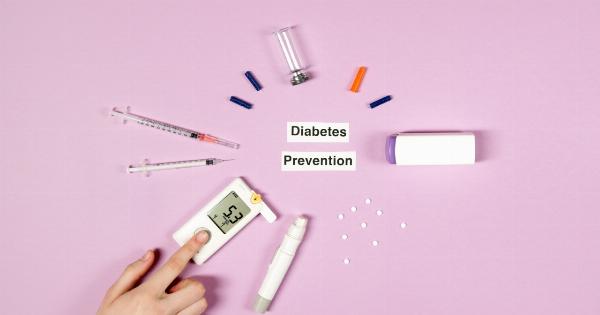As humans, we rely on food for sustenance and energy, but sometimes it can be challenging to distinguish between true hunger and simply feeling a little peckish.
Understanding the difference is essential, as it can greatly impact our overall health and well-being.
In this article, we will explore various symptoms that can help us differentiate between hunger and that fleeting feeling of “I could use a snack.” By paying attention to these signs, we can make informed choices about our nutritional needs.
1. Timing
One of the first indicators of true hunger is timing. Our bodies rely on regular meal schedules to maintain balance.
If you experience a growling stomach, lightheadedness, or difficulty concentrating within a few hours of your last meal, it is likely a sign of genuine hunger. On the other hand, if you feel a mild desire to eat within an hour or two after eating, it’s more likely to be an indication of a smaller appetite or craving rather than true hunger.
2. Sensation in the Stomach
An empty or rumbling sensation in the stomach is a common symptom of hunger. When we eat, the stomach expands as it fills with food. As we digest, the stomach gradually empties, leading to hunger pangs.
These pangs can vary from mild discomfort to intense sensations that feel like a “gnawing” feeling. In contrast, feeling “a little hungry” typically involves only a minor, fleeting sensation in the stomach.
3. Emotional Aspects
Hunger and the desire to eat are often linked to emotions. When we experience true hunger, our bodies release ghrelin, a hormone that stimulates the appetite. This physiological response typically overrides any emotional factors.
In contrast, feeling “a little hungry” is often influenced by emotional triggers such as stress, boredom, or social cues. Understanding the emotional aspects can help us determine if our desire to eat stems from genuine hunger or other factors.
4. Energy Levels
True hunger often comes with a noticeable drop in energy levels. When our bodies need fuel, they will signal that by making us feel increasingly fatigued. This fatigue can make it hard to concentrate, leading to decreased productivity and focus.
However, feeling “a little hungry” is unlikely to cause a significant drop in energy levels, and one can continue with daily activities without experiencing a significant impact on performance.
5. Water Intake
Believe it or not, sometimes what we perceive as hunger may actually be thirst. When dehydrated, our bodies can send misleading signals, making us think we need food when, in fact, we need fluids.
If you’re not sure whether you’re hungry or just a bit parched, try drinking a glass of water and see if the sensation persists. If the feeling subsides, it was likely thirst rather than genuine hunger.
6. Specific Cravings
When we experience true hunger, our bodies generally seek out a range of nutritional options.
However, when we feel “a little hungry” or experience cravings, we tend to desire specific types of food, often indulging in snacks high in sugar, salt, or unhealthy fats. If you find yourself longing for a specific treat rather than a well-rounded meal, it’s more likely a sign that you’re simply experiencing a small craving rather than true hunger.
7. Intensity and Urgency
The intensity and urgency of the sensation can be helpful in distinguishing between genuine hunger and a smaller appetite. True hunger is often accompanied by an intense need to eat and a sense of urgency.
The longer hunger persists, the stronger these feelings become. Conversely, feeling “a little hungry” is typically a milder, less urgent sensation that can be easily satisfied or postponed without significant discomfort.
8. Physical Weakness
If you start feeling physically weak or light-headed, it may indicate true hunger. When we haven’t eaten enough, our blood sugar levels can drop, leading to these physical symptoms.
Feeling “a little hungry” is unlikely to result in such extreme sensations and can typically be remedied by having a small, nutritious snack.
9. Staying Power
True hunger tends to persist and becomes increasingly difficult to ignore. As time passes, it becomes the primary focus, making it challenging to concentrate on other tasks.
In contrast, feeling “a little hungry” is often temporary and can be easily forgotten or ignored. If the sensation fades after a few minutes, it is likely not true hunger.
10. Refueling Satisfaction
When we experience true hunger and provide our bodies with the fuel they need, a feeling of satisfaction follows. We feel nourished, content, and our energy levels begin to rise.
However, feeling “a little hungry” does not carry the same sense of satisfaction after eating. It is often a fleeting feeling that does not require a full meal to satiate.
By paying close attention to these symptoms, we can become more mindful of our body’s true nutritional needs.
Distinguishing between genuine hunger and feeling “a little hungry” helps us make informed choices about our eating habits and ensures that we adequately fuel our bodies for optimal health and well-being.






























